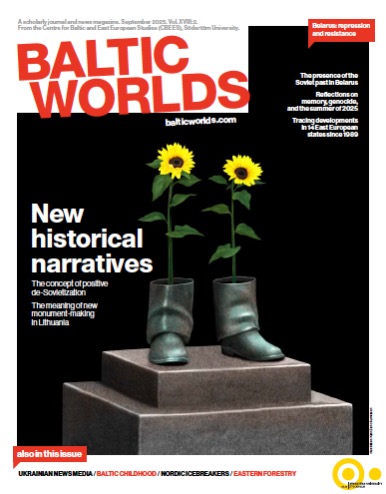Girjas Sami Village vs. the Swedish State Breakthrough for indigenous people
Reindeer herding Sami won huge success when the Supreme Court last year gave the Sami village Girjas the right to decide on hunting and fishing within the village boundaries. Now the Sami hope to have a greater influence over land use also in other areas, such as mining and construction of wind farms. But the prospects there are not as good.

 Issue 2025, 2:
Issue 2025, 2: